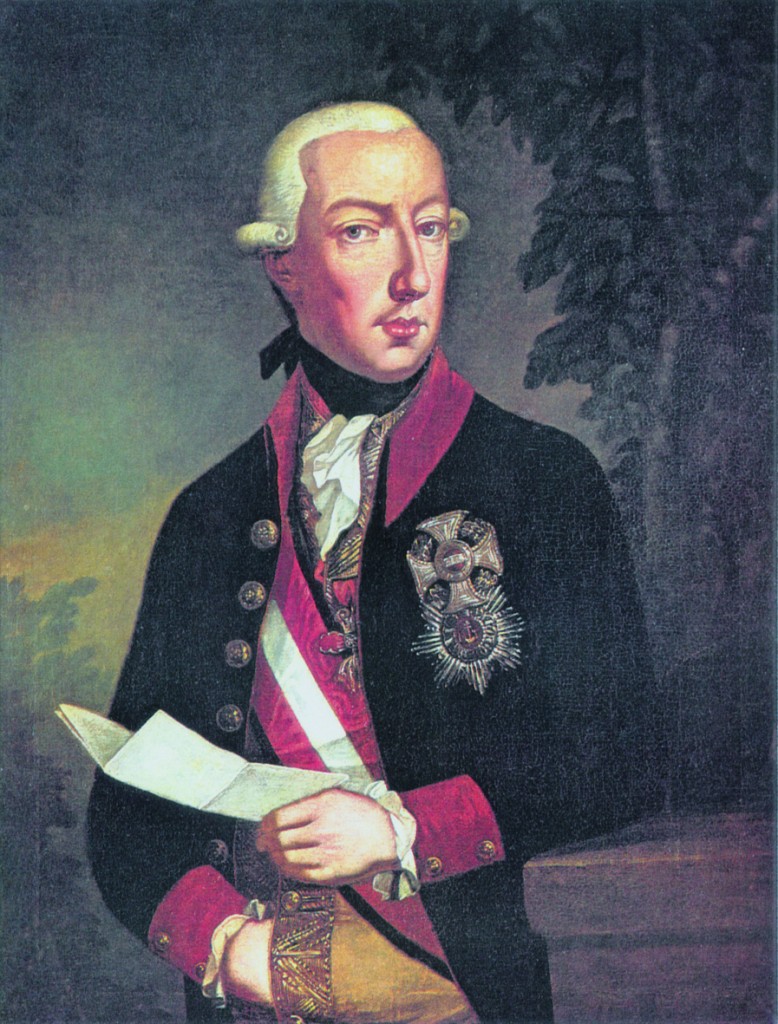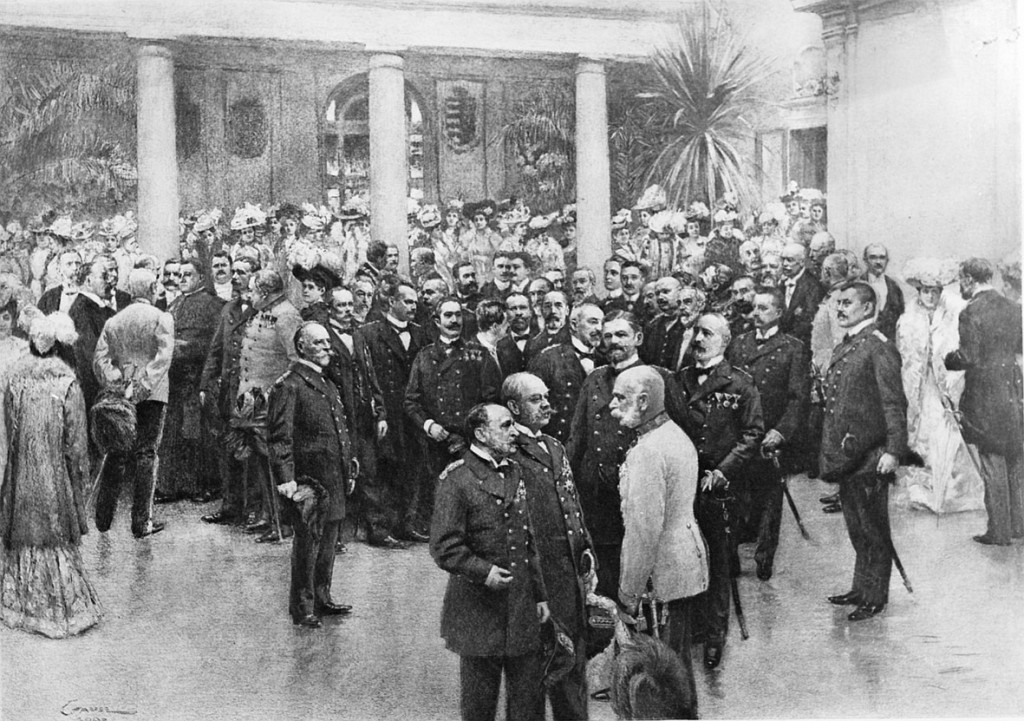A historic find will go under the hammer in honor of Dorotheum’s 309th birthday this April. The icing on the cake? It is a cake!
This year marks Dorotheum’s 309th birthday, and what better way to celebrate than with a cake? As befits an institution whose history spans from the Holy Roman Empire to today and bears the stamp of three emperors, however, not any old cake will do. But a 309-year-old cake? Auction history in the making.
Surprise! It’s Your Birthday Cake
A staff member discovered the cake in the historical archives at Dorotheum headquarters in Vienna while cataloguing old master paintings for the upcoming major auctions in April 2016.
Why the cake was never eaten is the source of heated debate among scholars. While its existence was previously unknown to the public, the “Founder’s Cake” has given rise to numerous urban legends among Dorotheum insiders over the company’s history (see photos below).

A High Point of Confectionery
An analysis conducted with infrared imaging, spectroscopy, UV fluorescence analysis, and acoustic microscopy showed the cake to be the work of a baker for the Royal Court commissioned by Emperor Joseph I to supply confectionery for the grand opening gala of the Versatz- und Fragamt zu Wien (later to become known as Dorotheum) in 1707. Experts attribute the cake’s pristine condition to the purity of the oil in its frosting. Some maintain that it is still edible.
“Sardinians are known to bake bread using su frammentu, a ‘mother yeast’ passed down through generations for as many as 300 years,” Dorotheum confectionery specialist Willem D’Eclair said. “Under the right conditions, a cake handed down from one emperor to the next could be equally edible and even retain its sweetness.”
D’Eclair called the find “a high point of imperial confectionery. This cake offers new insight into European baking developments after the advent of the sweet almond tartlets of Rageuneau in 1686, which marked a significant break with cookie-making conventions of the day. Not to mention that it’s made from non-wheat-based flour and thus is gluten free. Yum!”

Many Slices of History
Said a senior Dorotheum executive: “We weren’t going to eat it ourselves, I assure you. But the cake is such a key slice of our history – many slices, in fact – that we felt obligated to do something special with it. So we thought: why not turn this ancient baked good into a treat for auction-goers, cake-lovers, and enthusiasts of historical memorabilia alike? And bingo! We had the auction of a lifetime and our birthday bash all rolled up into one.”
“Our auction house has been on a winning streak of late, achieving the finest results in its history,” Dorotheum wrote in an official statement. “Contemporary artworks’ high sales rates, excellent appreciation, and top prices mean it will continue to be our focus. But old cake? Could be huge.”
A future in which “old master baking” outsells Rembrandts and Bosches at auction? Unlikely, but it certainly would take the cake.
—
April Fools’ Day 2016: many thanks to Sartori Torten for providing the image of the Founder’s Cake!












